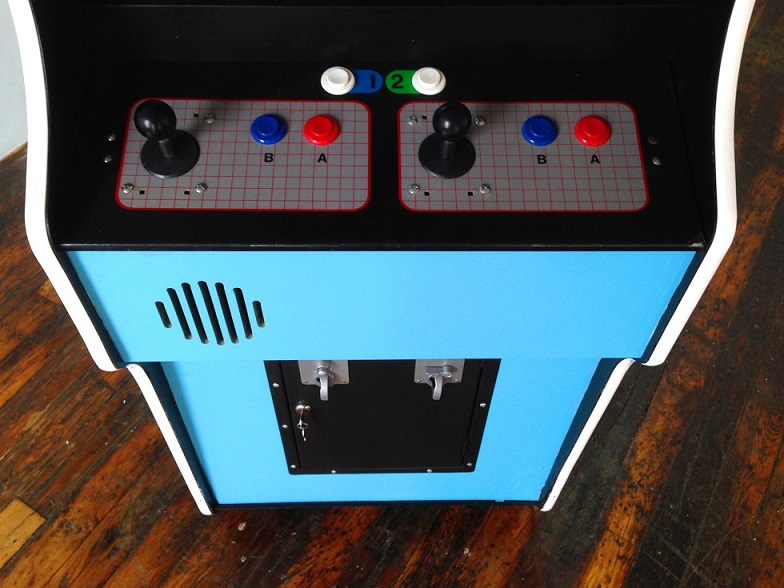

In Game A, enemy movement speed is somewhat slower than the arcade version on its standard settings, while Game B increases enemy movement speed and frequency of fireballs. for Famicom features options for "Game A" (for beginners) and "Game B" (for experts). Like most Nintendo products of the early '80s, Mario Bros. In the Famicom version, the counter starts at 20 seconds but immediately jumps to 15 seconds when play begins on these stages. In the arcade version, the first bonus stage has a time limit of 20 seconds, and all subsequent bonus stages reduce their time limit from 20 to 15 seconds.This repeats for Phases 10, 15, and 20, with the card for Phase 25 and later showing a red "KO" instead. In the arcade version, stages are numbered using cards and tally marks, so Phases 1 through 4 gain a tally mark, with the first numbered card being for Phase 5.This method was not easy to reproduce on the Famicom, so their running sounds were changed to musical arpeggios. Mario and Luigi both make distinctive sounds when they run, provided by analog sound generators on the arcade board.Both had brown hair in the arcade version, replaced by their shirt colors in the Famicom version. Luigi was given a totally different color scheme of white overalls and hat with a green shirt and shoes (which would also be used in Super Mario Bros.) instead of his arcade ensemble of green overalls and hat, dark brown shirt, and indigo shoes.


When Nintendo expanded its home console operations outside of Japan, Mario Bros. Nintendo's 1983 arcade game, Mario Bros., was adapted for home release on the Famicom shortly after its debut.


 0 kommentar(er)
0 kommentar(er)
